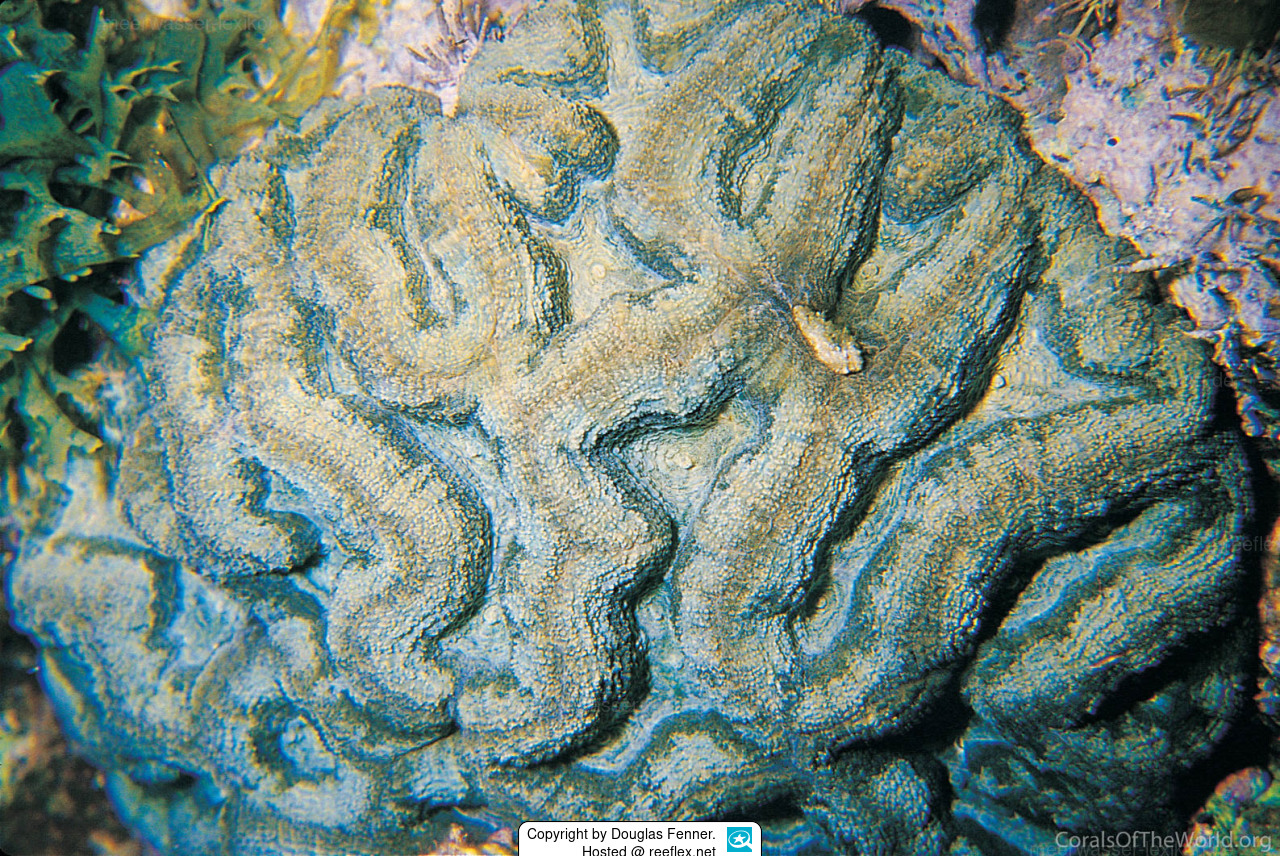Info
Color: Usually light green, lavender or yellow, with valleys and walls of contrasting colours.
Habitat: Shallow protected reef environments.
Abundance: Uncommon.
Similar Species: Isophyllia rigida, which is monocentric or has short valleys and more distinctive columellae.
Info from Julian Sprung 11.1.2024
https://www.twolittlefishies.com/
I was looking at them online because I recently photographed one in Panama, where I remember observing strangely huge colonies the last time I was there, in 1996! Normally this coral is supposed to reach a size of about 8 inches across, up to maybe 30 cm maximum. In Panama they grow to at least 2x that size. I remember wondering whether they might be something else when I first saw them. Looking again a couple of weeks ago I am fairly confident that the Panama giants are just Isophyllia sinuosa growing to extreme size.
Classification: Biota > Animalia (Kingdom) > Cnidaria (Phylum) > Anthozoa (Class) > Hexacorallia (Subclass) > Scleractinia (Order) > Mussidae (Family) > Mussinae (Subfamily) > Isophyllia (Genus)







 Dr. Douglas Fenner, Amerikanisch-Samoa
Dr. Douglas Fenner, Amerikanisch-Samoa








